I need to design a comparator with Vih=1.3V and Vil=1.2V. Therefore hysteresis is 100mV. The circuit will be working on a 3.3V supply. During high state, the o/p of the comparator will be 3.3V and at the low state, it will be 0V. I will be using a comparator with push-pull output configuration. Please see my design calculations below.I would like to know two things
1)May I know my design calculation is correct or not.
2)For finding Vref where I need to plug the value of R1 and R2.In equation 1 or 2

